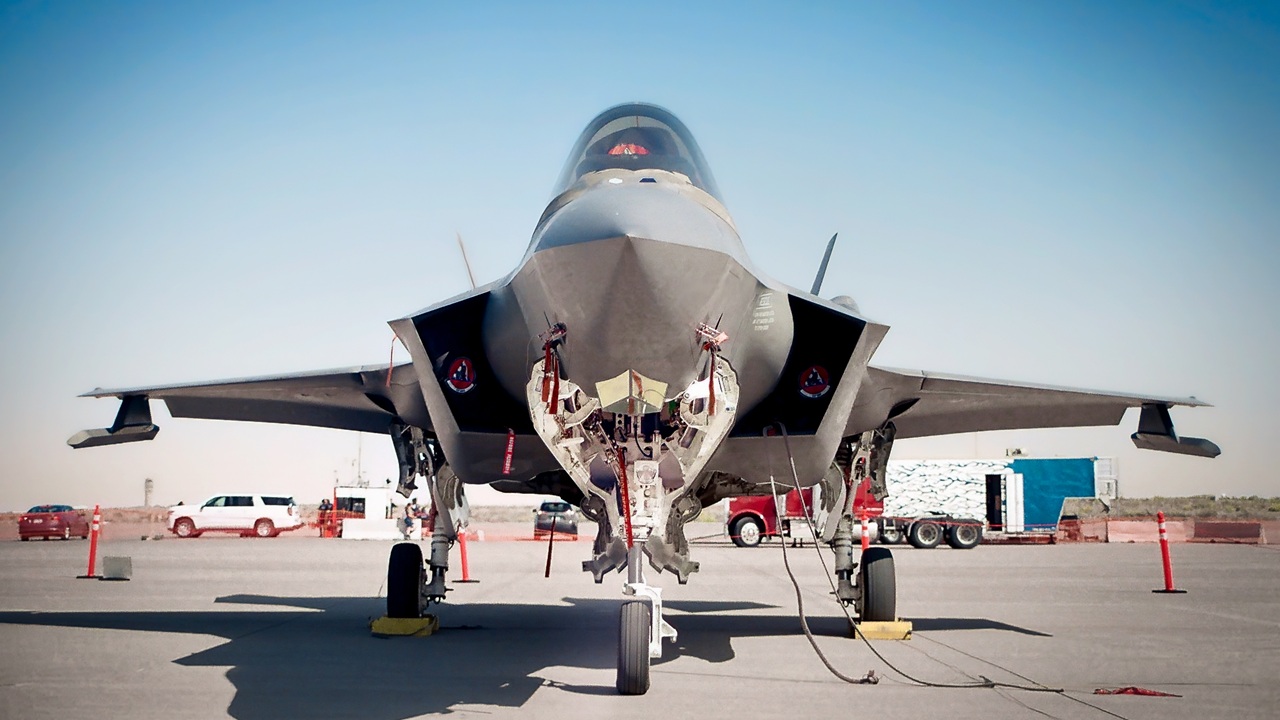
Why Belgium’s F-35 Fighter Jet Deal Makes France Angry
Belgium’s expanded F-35 order draws criticism from France, potentially endangering its ambition to join Europe’s sixth-generation FCAS fighter program amid broader defense and industrial tensions.
The Belgian government announced earlier this week that it would seek to expand its acquisition of the Lockheed Martin F-35 Lightning II, increasing the number from 34 to 45 aircraft. Antwerp, following the lead of its neighbor, the Netherlands, sought to expand its fleet of fifth-generation multi-role stealth fighters as part of its recently published “Strategic Vision,” which called for increased defense spending.
Belgium’s commitment to increase defense spending has been received positively throughout the NATO alliance, which recently called for member nations to further commit to spending 3.5 percent of their respective Gross Domestic Product (GDP) on defense. However, Antwerp also received some unexpected pushback for its decision to acquire additional Lightning II fighters.
Éric Trappier, CEO of the French-based Dassault Aviation, said on Wednesday that Belgium should not expect an increased role in the Future Combat Air System (FCAS) program, which is being developed by a Franco-German-Spanish consortium of companies. Trappier suggested that Antwerp cannot invest additional resources in the fifth-generation fighter while also seeking to become a full-status partner in developing the sixth-generation fighter, which is the centerpiece of the FCAS.
“If [Belgium] gives up the idea of buying F-35s, they’d be welcome; if they are not, then that’s making a monkey out of us,” Trappier told reporters, per Euractiv.com.
Belgium Seeks a Greater Role in FCAS
The Benelux nations have been observer members, but last month sought to become partner nations in the program to develop a manned Next Generation Fighter (NGF), which would be supported by unmanned aerial systems (UAS). The goal of the effort has been to field a replacement for France’s Rafales, Germany’s Typhoons, and Spain’s American-made EF-18 Hornets.
FCAS has further sought to develop an “Air Combat Cloud,” which could serve as a multi-domain, data-rich network, allowing for cross-platform information sharing.
The trilateral program has already faced significant turbulence, with infighting between Dassault and Airbus over intellectual property sharing, the division of work, and the jet’s specifications. The program has languished in Phase 1B, which called for developing key aircraft concepts while identifying key technologies.
Belgium wouldn’t be alone in operating the F-35 and the future NGF. Germany is set to receive its first F-35 Lightning II aircraft next year for pilot training and is on track to reach initial operating capability (IOC) by 2028. The F-35 will also take on the Luftwaffe’s NATO nuclear strike role by 2030, replacing the aging Panavia Tornado IDS.
Earlier this month, Berlin also announced it would expand its F-35 order by as many as 15 jets.
It therefore seems confusing that Trappier would express such concerns about Belgium’s commitment to the FCAS while still acquiring the F-35, especially as the FCAS program is still far from even the prototype stage. At the earliest, it would be in the late 2030s before any aircraft are in service.
Meanwhile, Belgium has pledged to provide its aging F-16 Fighting Falcons, which the F-35 is replacing, to Ukraine.
Will Belgium Buy American Fighter Jets?
Dassault’s Trappier may simply be playing hardball with Antwerp over the issue of jobs that the program will create, arguing that Belgium wants to benefit in that regard, but is still buying American-made fighters. However, the additional 11 F-35s will have their final manufacturing completed in Italy, not at Lockheed Martin’s facility in Fort Worth, Texas.
Trappier may also be seeking to address friction with Berlin (and possibly Madrid) over the sharing of work on the program.
“We’re not requesting 80 percent of the work,” Trappier further told reporters.
Given that the program could cost more than 100 billion euros ($117 billion) over the next decade, and perhaps even reach into the trillions throughout the life of the program, it might be wise to get another partner on board to share the cost, even if it means sharing some of the jobs that it will create.
About the Author: Peter Suciu
Peter Suciu has contributed over 3,200 published pieces to more than four dozen magazines and websites over a thirty-year career in journalism. He regularly writes about military hardware, firearms history, cybersecurity, politics, and international affairs. Peter is also a Contributing Writer for Forbes and Clearance Jobs. He is based in Michigan. You can follow him on Twitter: @PeterSuciu. You can email the author: Editor@nationalinterest.org.
Image Credit: Shutterstock/Bill Chizek.
The post Why Belgium’s F-35 Fighter Jet Deal Makes France Angry appeared first on The National Interest.


















